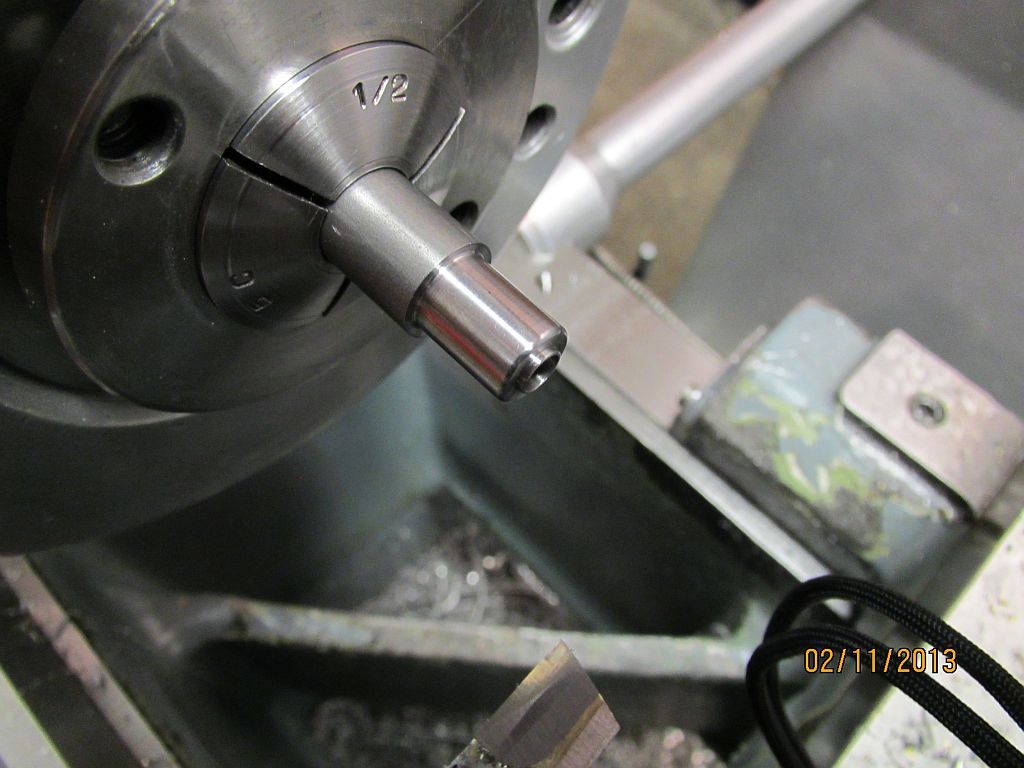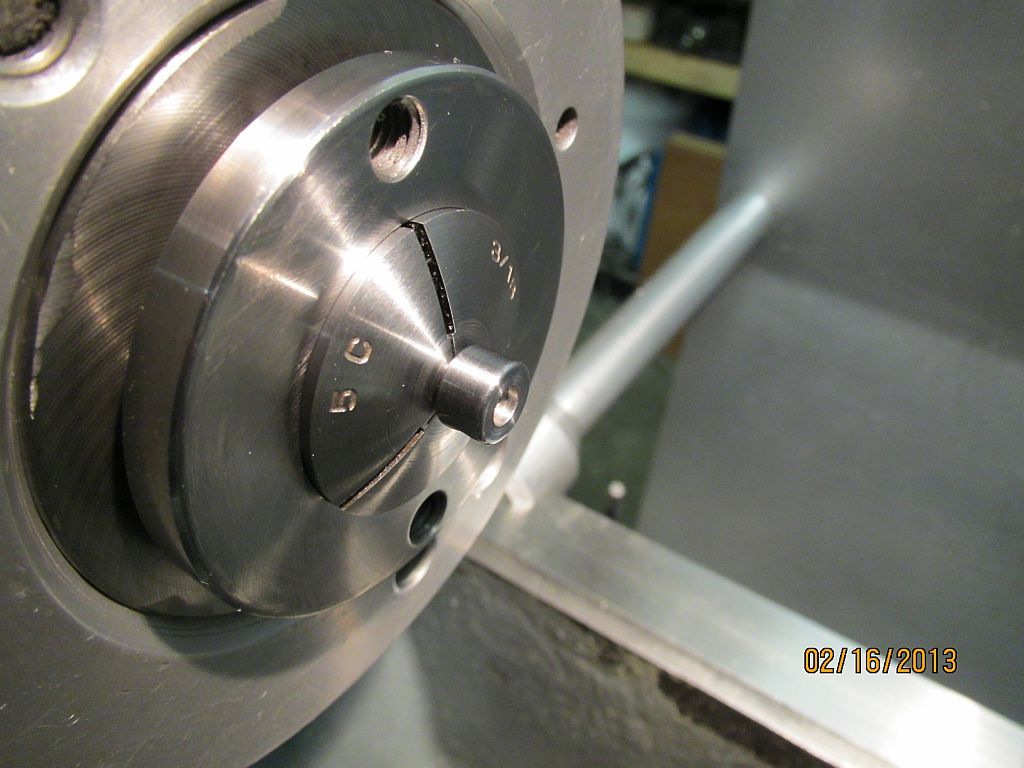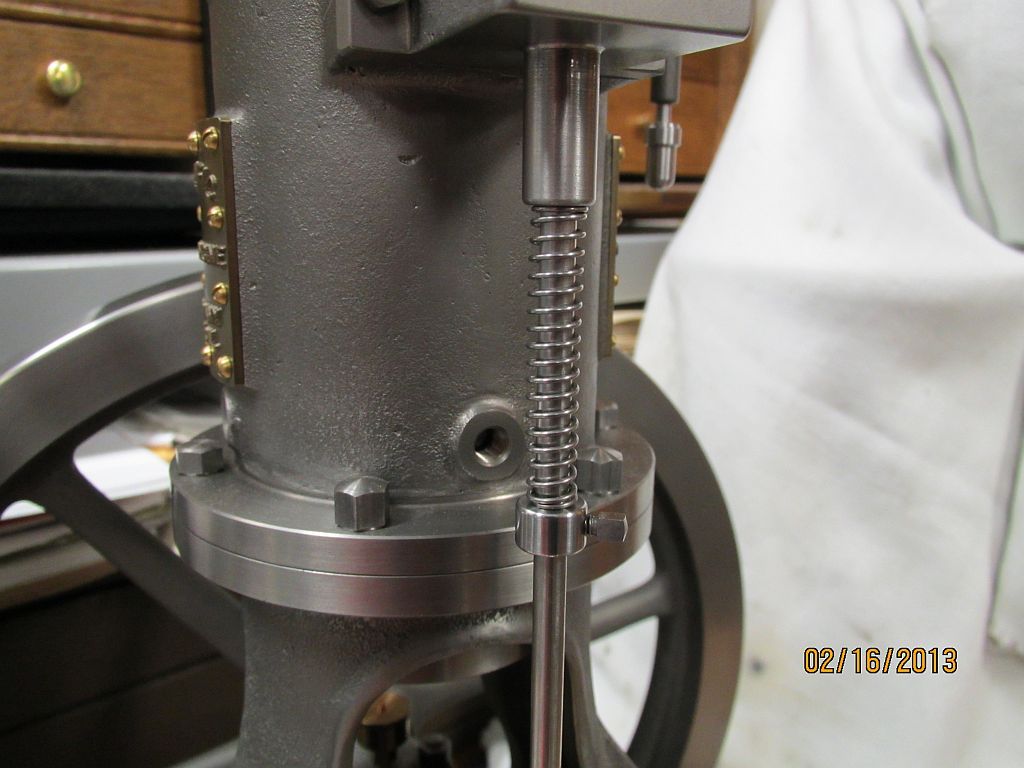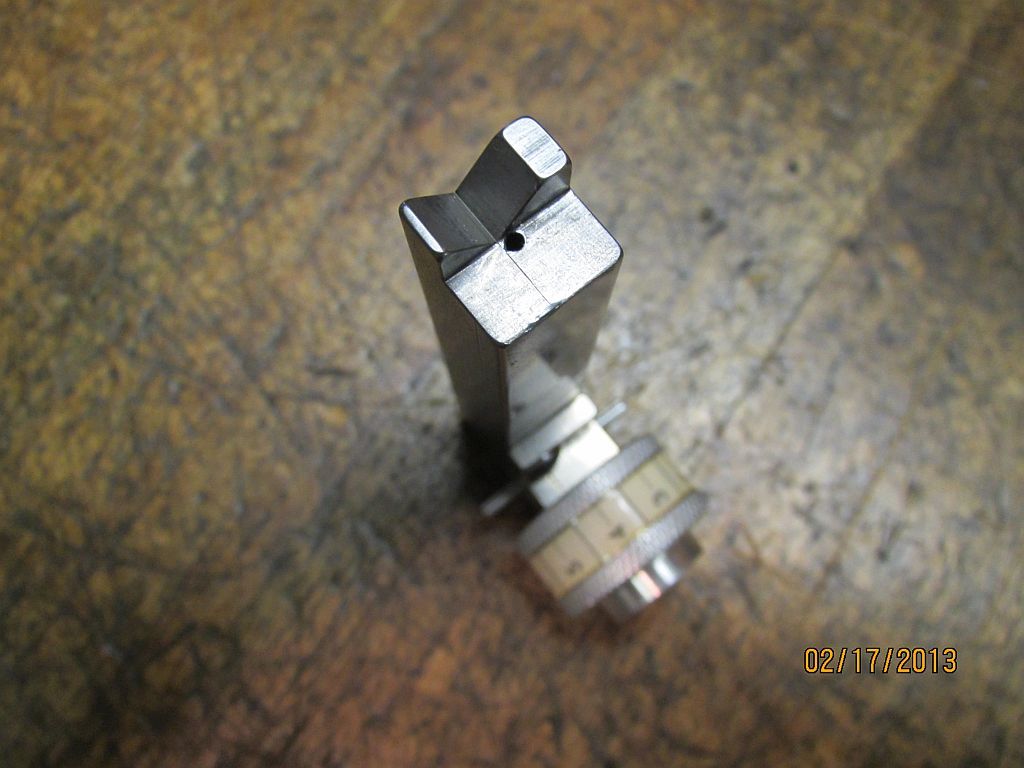- Joined
- Jun 4, 2008
- Messages
- 3,291
- Reaction score
- 636
To clarify a bit on the above questions:
1) The CNC g-code program needs to move the tool relative to the stock. So at the start of each operation, there needs to be a zero point in all three dimensions. The programmer can choose that zero point anywhere he wants. Typically the zero point in the Z axis is either the top of the stock or the bottom of the stock. Here Dave chose the bottom of the stock. That means that all the movements of the tip of the tool will be above the bottom, or positive Z coordinates.
2) For 3D milling, the programmer restricts the tool movement to within a specified volume, typically the stock or part of it. This is the bounding box. Here he needed to leave the two holding "tabs" on either end, so the bounding box excludes them from any cutting.
3) Here Dave used three different tools to get progressively finer details. For the first one, he wants to "rough", meaning removing all stock to within a given clearance dimension in all 3 axes. For the second tool, you don't need to rough, but you still need a clearance. For the final finish pass, you use a 0 clearance.
4) For 3D milling on two sides, you need to flip the part in either the X or Y direction. The CAM program will typically take that into account in generating the g-code.
1) The CNC g-code program needs to move the tool relative to the stock. So at the start of each operation, there needs to be a zero point in all three dimensions. The programmer can choose that zero point anywhere he wants. Typically the zero point in the Z axis is either the top of the stock or the bottom of the stock. Here Dave chose the bottom of the stock. That means that all the movements of the tip of the tool will be above the bottom, or positive Z coordinates.
2) For 3D milling, the programmer restricts the tool movement to within a specified volume, typically the stock or part of it. This is the bounding box. Here he needed to leave the two holding "tabs" on either end, so the bounding box excludes them from any cutting.
3) Here Dave used three different tools to get progressively finer details. For the first one, he wants to "rough", meaning removing all stock to within a given clearance dimension in all 3 axes. For the second tool, you don't need to rough, but you still need a clearance. For the final finish pass, you use a 0 clearance.
4) For 3D milling on two sides, you need to flip the part in either the X or Y direction. The CAM program will typically take that into account in generating the g-code.
















































![DreamPlan Home Design and Landscaping Software Free for Windows [PC Download]](https://m.media-amazon.com/images/I/51kvZH2dVLL._SL500_.jpg)






![MeshMagic 3D Free 3D Modeling Software [Download]](https://m.media-amazon.com/images/I/B1U+p8ewjGS._SL500_.png)














































